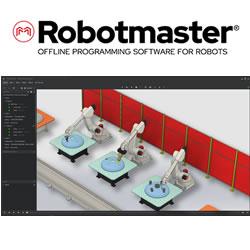New Open Loop Current Transducers With Near Closed Loop Performance
Toyota hires robotics expert for AI push
Bucky Fuller Friday
Gemini-Scout Mine Rescue Robot
Robotics Enter Hybrid Instruction
Precision Drones for Structural Inspection
Intel camera gives robots 3D vision
Robot That Copies Artist's Exact Strokes To Replicate A Painting In 3D
Developing Bio-Mechanical Hands
Stony Brook University Helps Prepare Next Generation of Farmers by Introducing a Hydroponic 'Freight Farm' On Campus
Why being able to 3-D print glass objects is such a big deal
New Automation Technician Program at George Brown College
194 Chinese Robot Companies
Here comes the drone backlash
Autonomous Drifting
Records 2701 to 2715 of 3553
First | Previous | Next | Last
Featured Product

